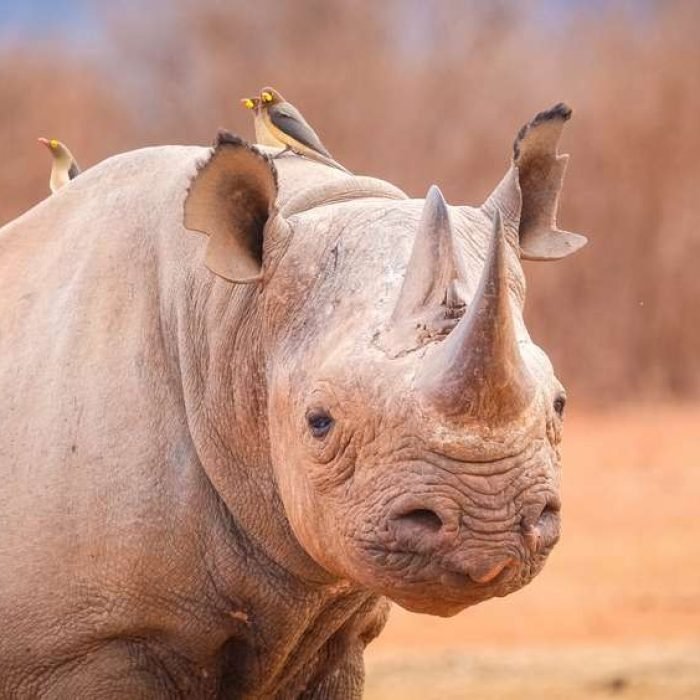Southern Roan Antelope
- Hippotragus equinus cottoni
- IUCN Status: Least Concern
- Trend: decreasing

General Information
The Roan antelope is one of the largest antelope in the world and Africas 5th largest antelope. It is named after its roan colour (a reddish brown). It has 6 subspicies with one type being native to Zambia, the Southern Roan or Hippotragus equinus cottoni.
Description
It is a large antelope with a horse-like build. The short, smooth coat is brown to amber. The ventral parts are yellow to white, while the neck and the manes are gray to black. Long legs are supported by large hooves, a short, erect mane of grayish brown hair extending from the back of the neck along the midline of the back up to the withers, white patches around the eyes and the mouth on the otherwise black face, and long, narrow ears. The horns are ringed and arched backwards, which can reach 100 cm
Fun Facts
The southern roan antelope is a subspecies that thrives in Zambia and is one of Africa’s largest and most powerful antelopes. Roan calves are “hiders”—left concealed in grass for weeks, visited only to nurse. Their scientific name (Hippotragus) means “horse-goat,” referencing their equine grace and sturdy build. In Zambian tradition, roan horns are sometimes used as ceremonial trumpets.
Ecology & Behaviour
Males commonly fight among themselves for dominance of their herd, brandishing their horns while both animals are on their knees. They live in small herds and form harem groups of 5 to 15 animals with one dominant male. They move in herds but bulls may be solitary, staying near dambos, light woodland and open plains. They eat mid-length grasses.
Distribution & Habitat
Roan antelope are common sight in the luangwa national parks but scarce in the other Parks. The southern African roan antelope (Hippotragus equinus cottoni) occurs in Angola, Botswana, the southern Democratic Republic of the Congo, central and northern Malawi, and Zambia.
Diet
Males commonly fight among themselves for dominance of their herd, brandishing their horns while both animals are on their knees. They live in small herds and form harem groups of 5 to 15 animals with one dominant male. They move in herds but bulls may be solitary, staying near dambos, light woodland and open plains. They eat mid-length grasses.
Reproduction
Males commonly fight among themselves for dominance of their herd, brandishing their horns while both animals are on their knees. They live in small herds and form harem groups of 5 to 15 animals with one dominant male. They move in herds but bulls may be solitary, staying near dambos, light woodland and open plains. They eat mid-length grasses.
Conservation
It is listed as “Least Concern” on the IUCN Red list.
















